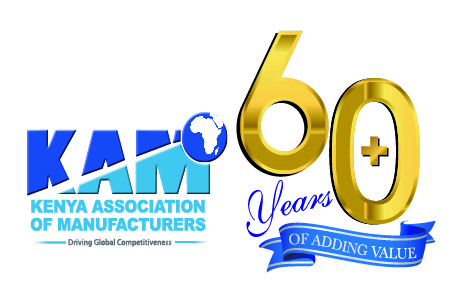Present Transport Infrastructure issues can be solved
By Mucai Kunyiha
It is said that an efficient transport system is the lifeline of any economy. I believe this to be an apt analogy because a well-coordinated transport and logistics infrastructure feeds productivity into all other sectors, boosting effective delivery of products and services, and ultimately increasing the overall national output.
More so, a good transport system is a crucial ingredient for a thriving manufacturing sector owing to its function in the supply chain that impacts on quality and cost of production. It catalyzes export business by ensuring timely and quality delivery to the global market, thereby generating Foreign Direct Investments and additional sources of revenue for the country.
Kenya has, in the recent past, seen several infrastructure projects initiated especially in the transport sub-sectors including road, rail, maritime and non-motorized transport, all intended to improve logistics and supply chain efficiency. Notable infrastructure developments include completion and operationalization of phase one of the Second Container Terminal at Mombasa Port and the completion of the expansion of the Inland Container Depot Nairobi (ICDN). Additionally, we had the construction of the first three berths of the Lamu Port, expansion of gates and yard capacity, installation of the Integrated Port Security System and the successful completion of the first Phase of the Standard Gauge Railway (SGR).
Though well intended, these new developments have had teething problems in their implementation that have inevitably doubled, and in some cases, tripled the cost of logistics and transportation. Such implementation challenges are not unusual in large projects and their occurrence should not overshadow the bigger picture. However, these challenges must be acknowledged for solutions and short-term impactful measures to be created in collaboration with stakeholders, so as to get back on track towards making Kenya a competitive environment with world-class infrastructure.
The development and operationalization of SGR Phase one was expected to among other things, reduce freight transport tariff charges from US$0.20 per tonne-kilometre on average to US$0.083 per tonne-kilometre, and reduce transit time of freight trains from 30 hours on the average to less than 8 hours in the Mombasa–Nairobi section. Due to the logistical, storage and planning challenges around the port, these gains are yet to be realized.
There are a few suggestions on how to move forward from the current predicament.
First, to curb the soaring demurrage and storage costs, we need to review the period given to importers during which they can clear their cargo free of charge. This needs to be aligned with Cargo clearing agencies service charters which provide for more than 4-days for clearing of goods.
Secondly, the SGR operator ought to provide a ‘door-to-door’ service on the delivery of goods by rail. Currently the co-ordination between the rail operator, clearing agents and transporters is below optimal, creating log-jams both in and outside ICD Nairobi as well as the Port. This increased waiting time increases costs and reduces efficiency. If there was one single operator, co-ordination would improve and with costs reducing in tandem.
Thirdly, as a country, we need to first track the development of harmonized verification standards that will be used by the Kenya Bureau of Standards, the Multi-Agency Team and any other body charged with the point of departure quality checks. This is one area that is causing huge delays on clearance of goods that have arrived in the country. Once these standards are harmonized, it will be easier for all involved to adhere to requirements and move their cargo faster.
Fourth, the recurrent issue of system downtime is also one that compounds the challenges faced with logistics and movement of cargo. An upgraded system will resolve problems of recording and archiving, delayed clearance processes, as well as, enhance communication to coordinate the logistics around the Port and Inland Container Depots. This kind of system also ensures that there is ample tracking of containers to avoid losses, or reversed transportation back to the Port, which have huge cost implications on importers. Subsequently, to increase productivity and improve paperless operations at the Inland Container Depot, there is need to install drive-through scanners that reduce the need for 100% verification, hence lessening the present blockage.
Lastly, Private Sector, County Governments and Kenya Ports Authority can collaborate to acquire land to support customs warehousing and long-stay containers, thereby reducing the amount of cargo kept at the terminal. This will also discourage any importers from leaving their cargo at the terminal too long. This same space can be used as a truck-handling area to reduce the clogging at port entrance and exit.
These are only a few but very impactful solutions if they can be hastily implemented. The World Bank report on Logistic Performance index ranked Kenya’s logistical attractiveness at position 63 in 2018, down from 42 in 2016. We only need to fix these identified issues swiftly to get back to and surpass our previous performance, whilst at the same time increasing local businesses’ productivity.
The Writer is the Vice Chairman of Kenya Association of Manufacturers and can be reached on info@kam.co.ke.
Looking for elevation? KAM lifts you up.
- Direct technical assistance
- Capacity building programmes
- Networking and mentorship
- Industry insights & analysis
- Trade & export development services
